
Peruvian Pisco seems to get most of the attention, but after a recent visit to Chile, and touring several Pisco distilleries, I feel like there should be a bit more light shed on Chilean Pisco. It’s an interesting and delicious spirit I think deserves a bit more coverage on the world stage.
1. Pisco is a brandy
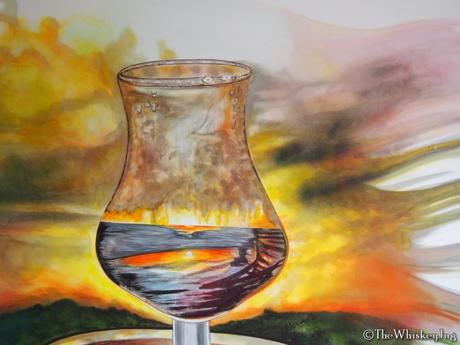
It’s distilled from wine, is a cousin to cognac (as we’ll see below) and fits neatly under the larger Brandy umbrella.
2. Chilean Pisco received its Denomination of Origin in 1931
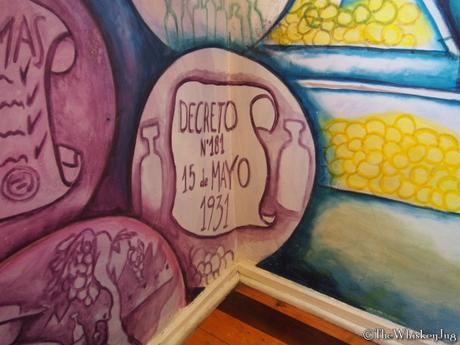
Chilean Pisco can only be made in two specific regions of Chile, the Atacama and the Coquimbo regions in the north. Any other brandy made in the country cannot, by law, be called Pisco and is instead called Aguardiente. This also extends to Peruvian Pisco (who got their DO in 1991) which is not recognized in Chile and vice-versa.
3. The rules of Chilean Pisco are modeled after Cognac
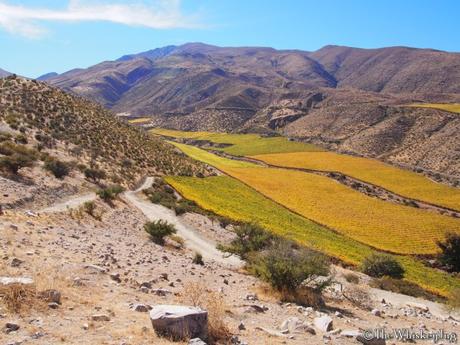
The Cognac AOC (more-or-less the same thing as a DO) in 1909 laid out a framework and subsequent laws that governed what could and could not be called Cognac. The laws for Pisco are fairly similar, but with some notable differences like when it comes to aging.
4. Only 13 grape varieties are allowed for the production of Chilean Pisco
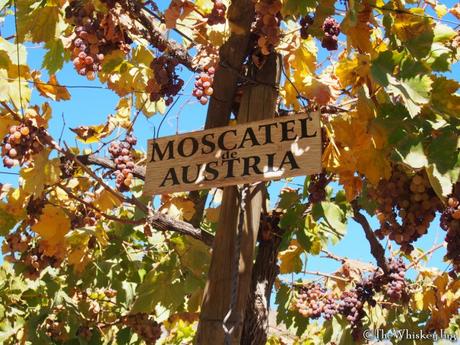
13 may sound like that would provide for a lot of variance in the spirit, but while there are 13 types allowed by law, the majority of the distilleries rely on just 5 different grapes: Pink Muscat, Alexandria (muscat), Pedro Jimenez, Austrian Moscatel and Torontel. The other 8 varieties allowed are Chaselas Musque Vrai, Orange Muscat, Canelli Moscato and the following Moscatels: Blanca Temprana, Amarilla, Frontignan, Hamburgo and Negra.
5. Chilean Pisco must be distilled in an alembique
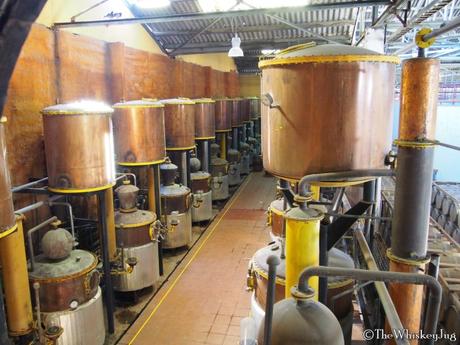
Many of the alembics used in Chile don’t look like the onion-shaped alembics used to distill cognac, but that’s where they got their start. Over the years the style has been modified to fit their style of distilling and today many of the stills used look more like a Dalek than they do a French alembic. A column style still is not allowed nor is any kind of continuous distillation; discontinuous only.
6. Chilean Pisco aging uses three main types of wood
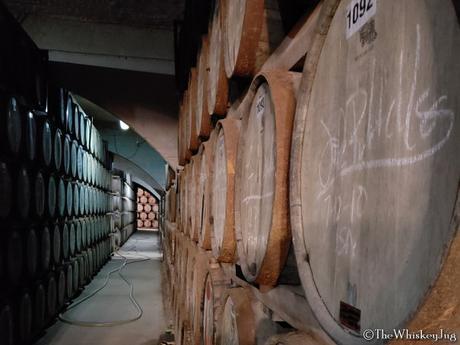
Peruvian Pisco cannot be aged at all, it must all be produced as “transparent” Pisco and this is one of the big differentiators between the two styles. While there is no law about the type of wood that can or cannot be used to age Chilean Pisco in there are three types that tend to get used more than others: Virgin American Oak (Quercus Alba), French Oak (Quercus Robur) and Rauli (Nothofagus Alpina) which is an evergreen beech tree native to Chile.
The American and French oak tend to be of the 53-gallon variety whereas the Rouli tends to be in the form of Tuns which hold thousands of gallons. And if you’re wondering, yes, ex-bourbon barrels make their way down there too.
7. There is no set distillation number for Chilean Pisco
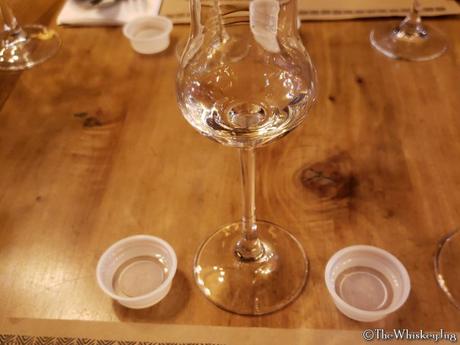
Another big differentiator between Chilen and Peruvian Pisco is the number times the spirit can be distilled. In Peru they can only distill it once, but in Chile it’s completely up to the distiller. Some do once, some do twice, some do “1.5″ some do “2.5” and some mess around with 3, but it’s unusual because you lose too much of the grape character. Most opt for 1 or “1.5″ where they take part tails and heads and redistill it get another heart cut.
8. Pisco must be distilled from Wine
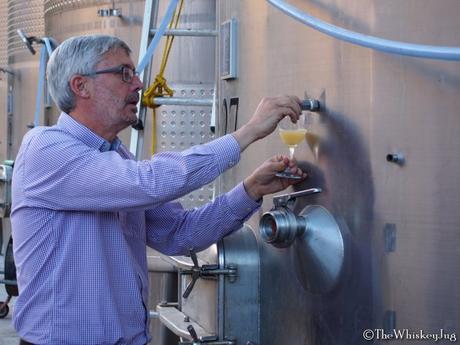
This goes for both Chilean and Peruvian. After mashing the grapes they let them ferment and turn into wine. Some add yeast, some do a wild fermentation, some include the skins and stems in the wine fermentation some don’t. It’s all up to the distiller and the style they’re going for, but all of them first make a wine and then that wine is separated from the must and the wine is distilled into Pisco.
9. Only water can be added to Chilean Pisco
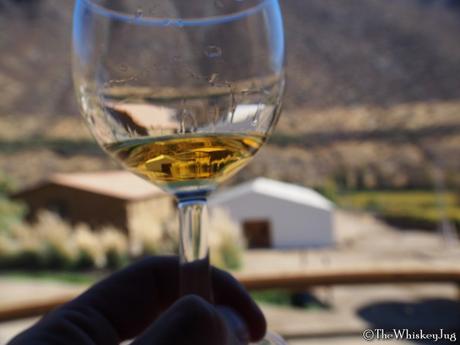
Coming off the still the heart can be as high as 160 proof (80% ABV) and to bring it down to their desired barrel entry proof (not mandated by law) they can use water. Before bottling they can also add water to bring it down to the desired bottling proof. Absolutely no sugar, coloring, etc. can be added. Pure water, that’s it.
This is another differentiator between Chilean and Peruvian Pisco. In Peru they can’t add water after distillation so it needs to come off between 38-48%. This leads to distilleries including some of the low proof tails to bring it down to the legal proofing.
10. The maximum bottling proof for Chilean Pisco is 100 proof (50% ABV), lowest is 60 proof (30% ABV)
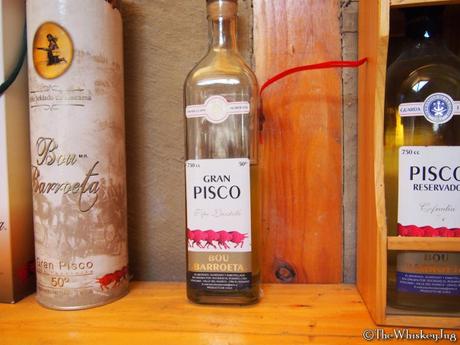
In Chile they often name their bottles by the ABV % which they call degrees. So if you see a bottle that says 43 degrees that means it’s 43% ABV. The most common bottling ABVs are 30, 35, 40 and 43. 45 is a bit rare and 50 is really rare; there is no such thing as “cask strength” offerings in Chile, or Peru for that matter.
11. Most Chilean Pisco is consumed in Chile
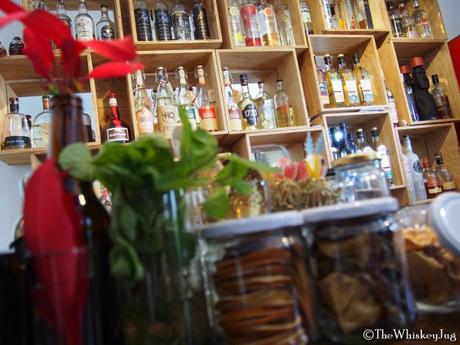
Roughly 90% of the Pisco produced in Chile is consumed in Chile which is one of the reasons it’s not widely known outside of Chile. Chileans consume so much Pisco that not only do they drink through their own supply but Chile is also the number one importer of Peruvian Pisco (though remember it can’t actually be called Pisco in Chile).
12. Pisco is Chile and Chile is Pisco
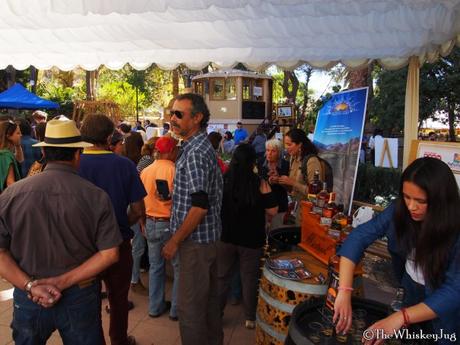
During my time in Chile I realized how deeply this spirit is woven into the identity of the people there. With about 90% of Pisco made being consumed in Chile it’s not a stretch to say it’s their spirit of choice. The history of Pisco, Chile and its people are so interwoven that it’s impossible to separate one from the other. The amount of pride I saw for the spirit while I was there was truly remarkable. From the distillers to folks at the grocery store (yo hablo un poco espanol), it’s a widely loved spirit. There’s even Pisco ice cream in Chile, it was fascinating to experience.
13. Don’t call it Silver… or even clear really.
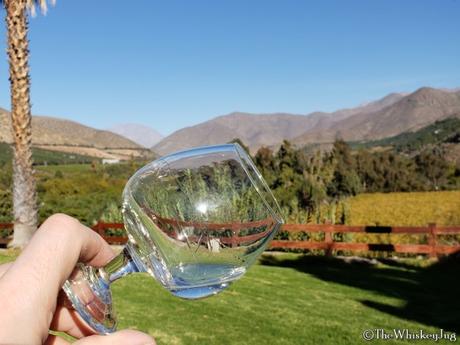
In Chile they call the clear Pisco transparente aka transparent. Silver is for tequila and has no meaning in Chilean Pisco. I did some brands use Blanco, but it was rare for it to be labeled that way and none of the distillers talked about their un-aged Pisco as Blanco. It was always transparente.
14. Chilean Pisco has 4 main classifications
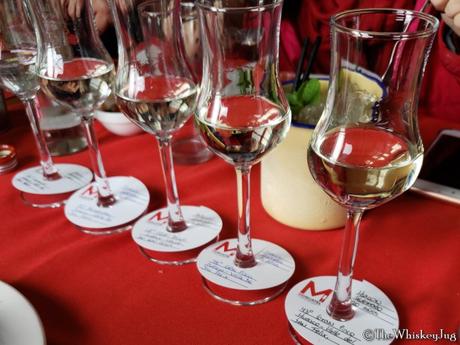
The classification system in Chile is setup not by age, but by proof. Though calling it a classification system makes it sound like something they MUST use instead of something they CAN use. Producers are not required to add this naming convention to the bottle, but if they choose to then they can use the following terms. Corriente or Tradicional = 30% – 34.9%, Especial = 35% – 39.9%, Reservado = 40% – 42.9% and Gran = 43% – 50%.
15. Chilean Pisco is good for so much more than Pisco Sours

Ok, this last one is a bit subjective, but I’m sticking by it. I’ve tried Peruvian Pisco on several occasions and all I ever thought was “meh, it’s ok”. Over the course of the trip, and the subsequent week at home, drinking the Pisco I brought back with me, I came to not just like Chilean Pisco, but to truly enjoy it neat as a unique and delicious beverage. It’s also a spirit that is immensely flexible and versatile in cocktails.
Yes we had at least one Pisco Sour every single day of the trip, but we also tried it in riffs on classic cocktails like the Negroni, Old Fashioned, Manhattan, Margarita, Irish Coffee and in a whole host of wholly unique executions. Pisco Sours are good, but if that’s the only way you’re enjoying your Pisco, you’re really missing out.
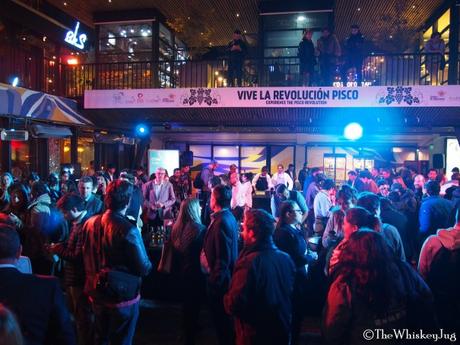
And there you have it. The basics of a tremendously delicious and interesting beverage. I hope this has sparked an interest in Chilean Pisco!
Disclaimer: The trip I referenced in this article was entirely paid for by Pisco Chile. However, it was done with a no-strings-attached clause and I’m under no obligation to write anything, good or bad, about Chile or Chilean Pisco. I’m doing so because I was well and truly impressed by what I saw, what I tasted and what I experienced.


